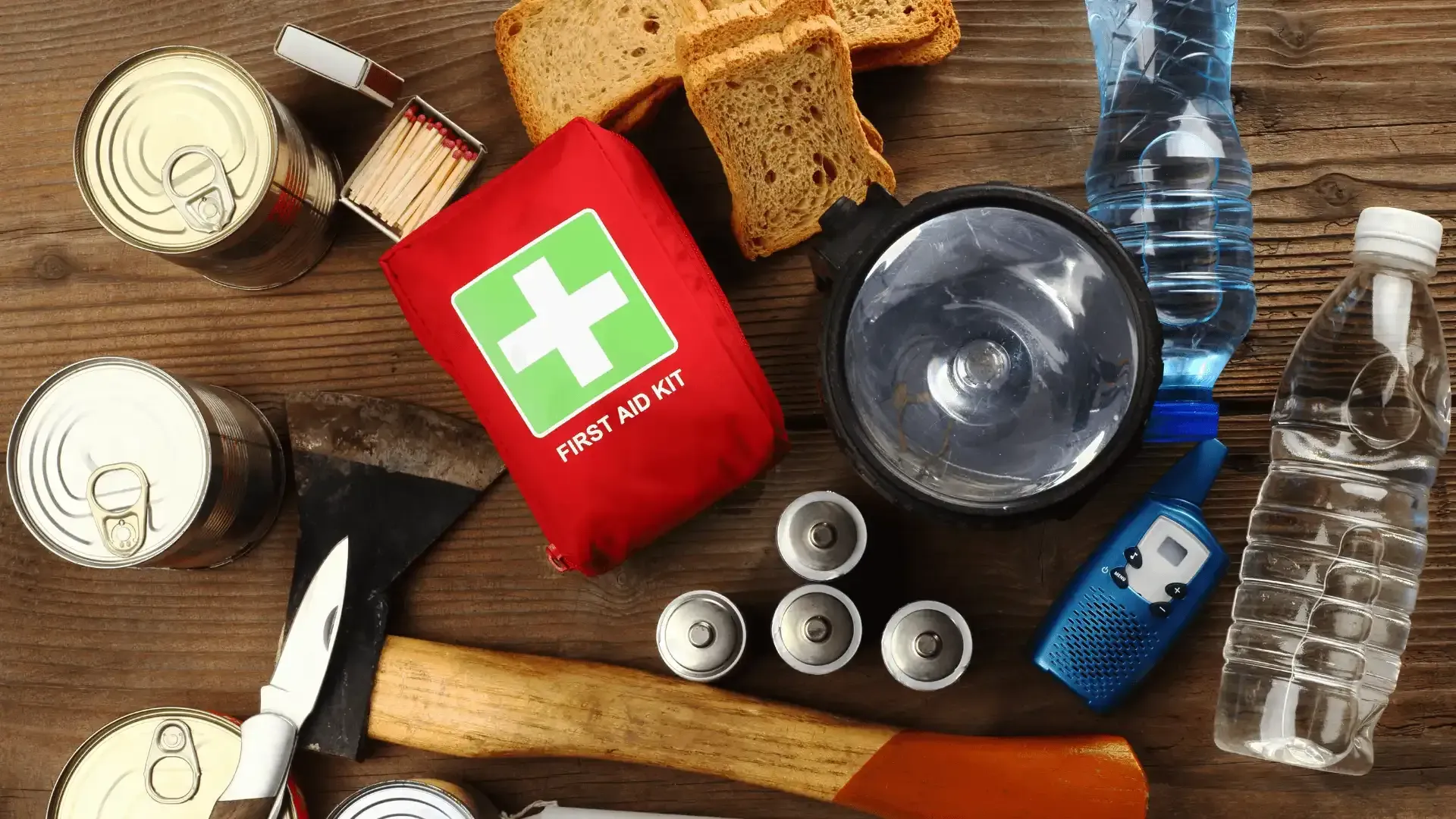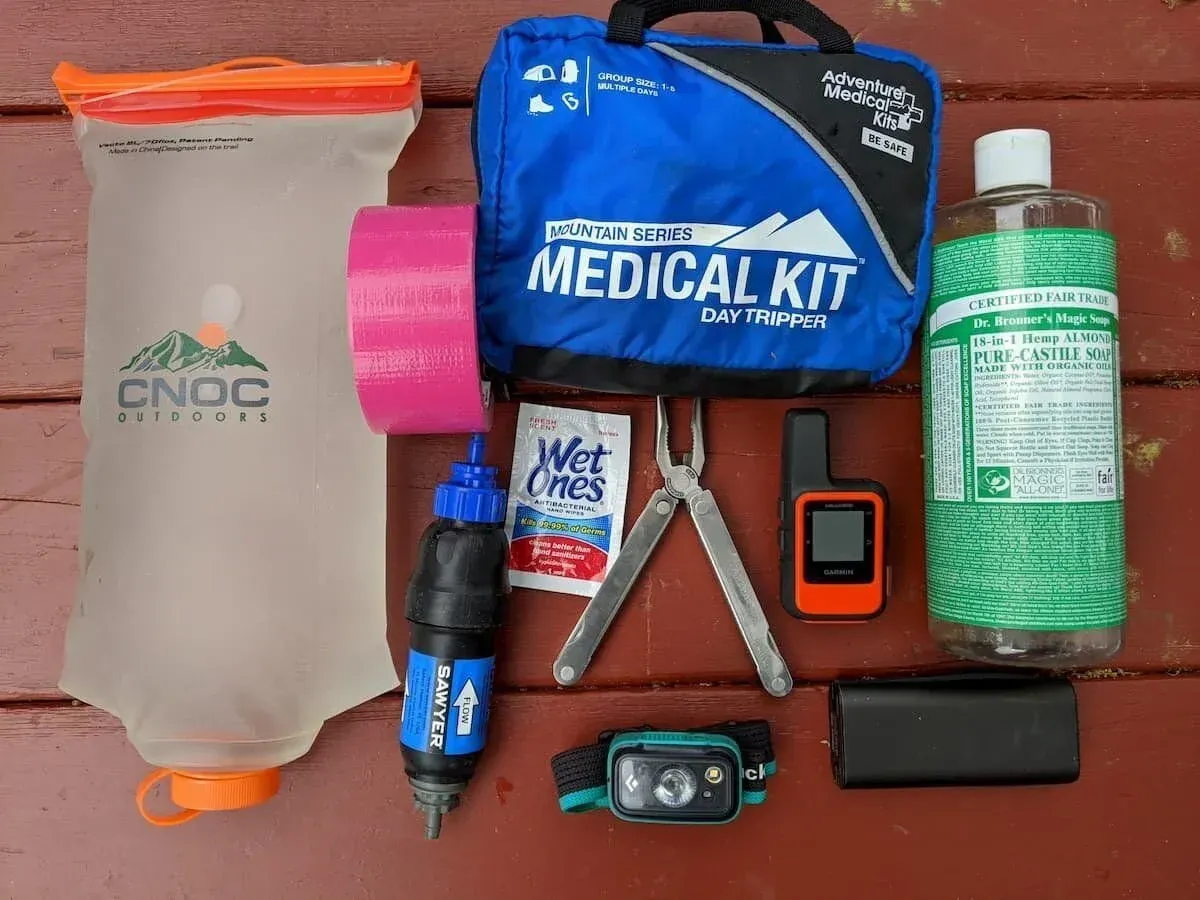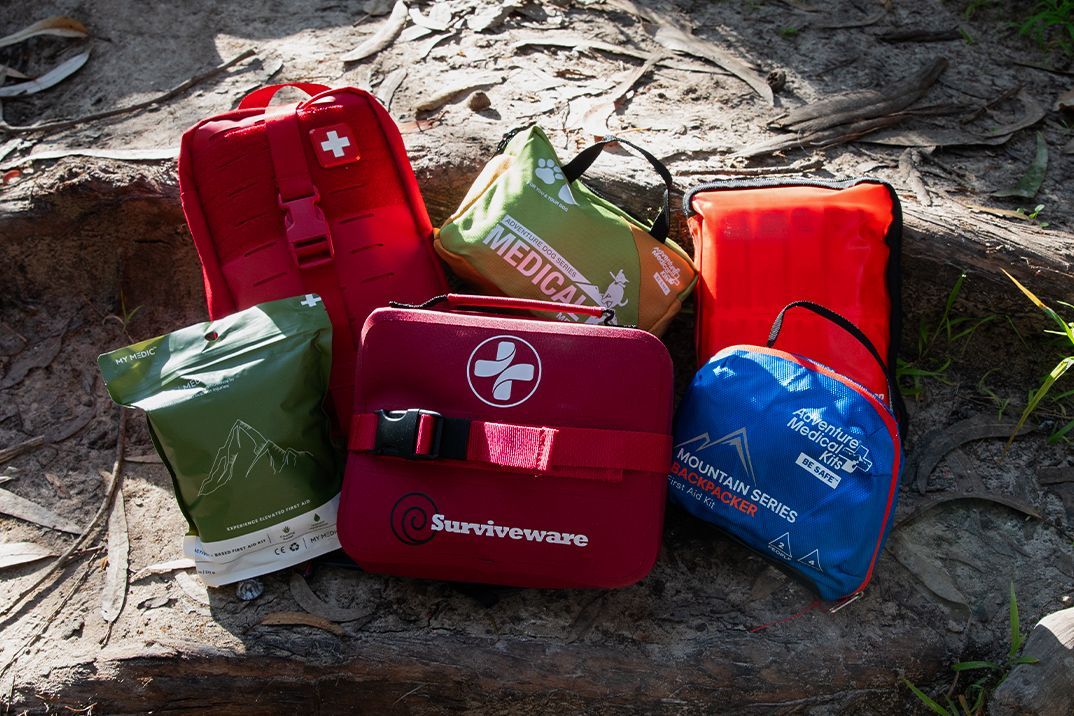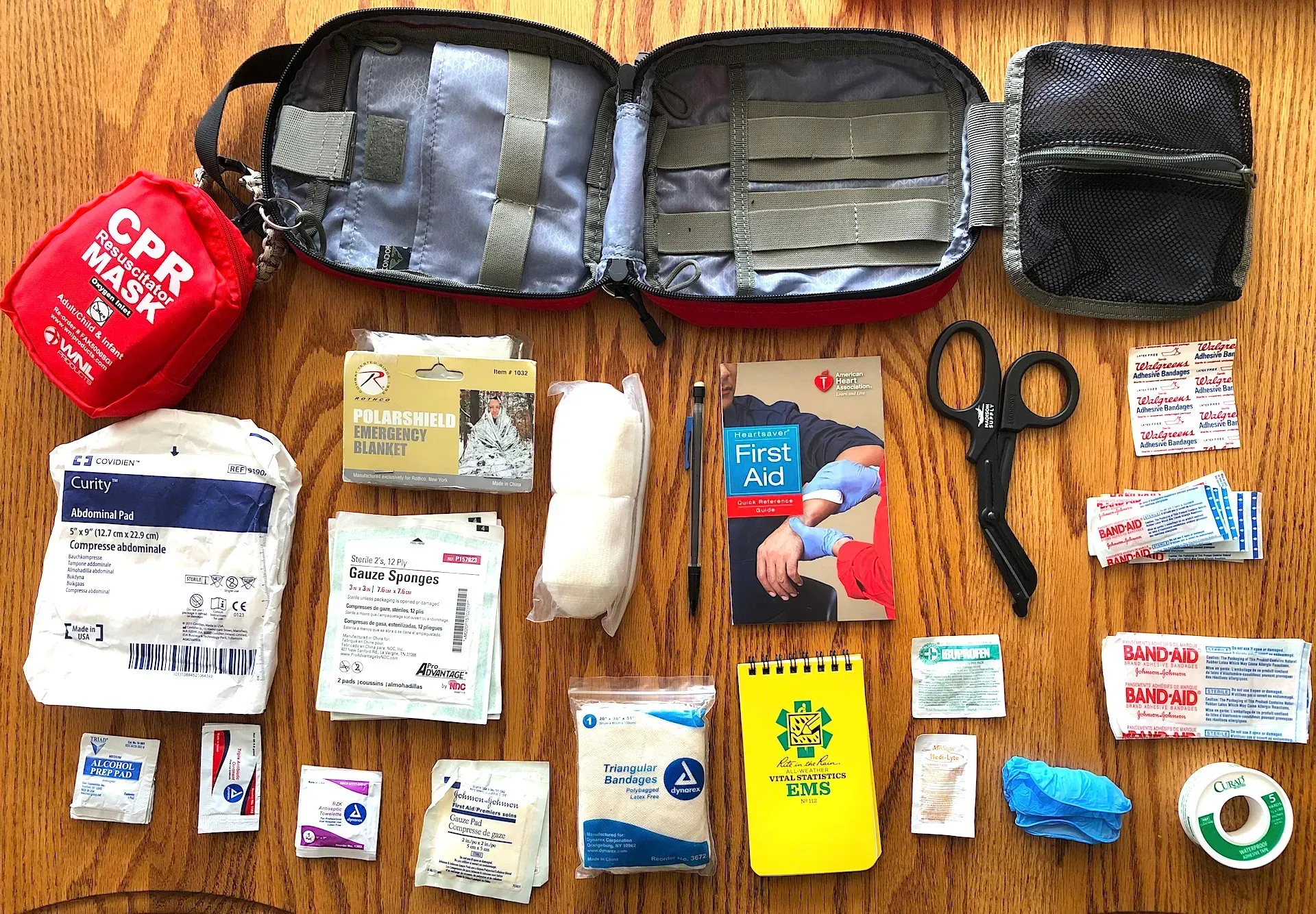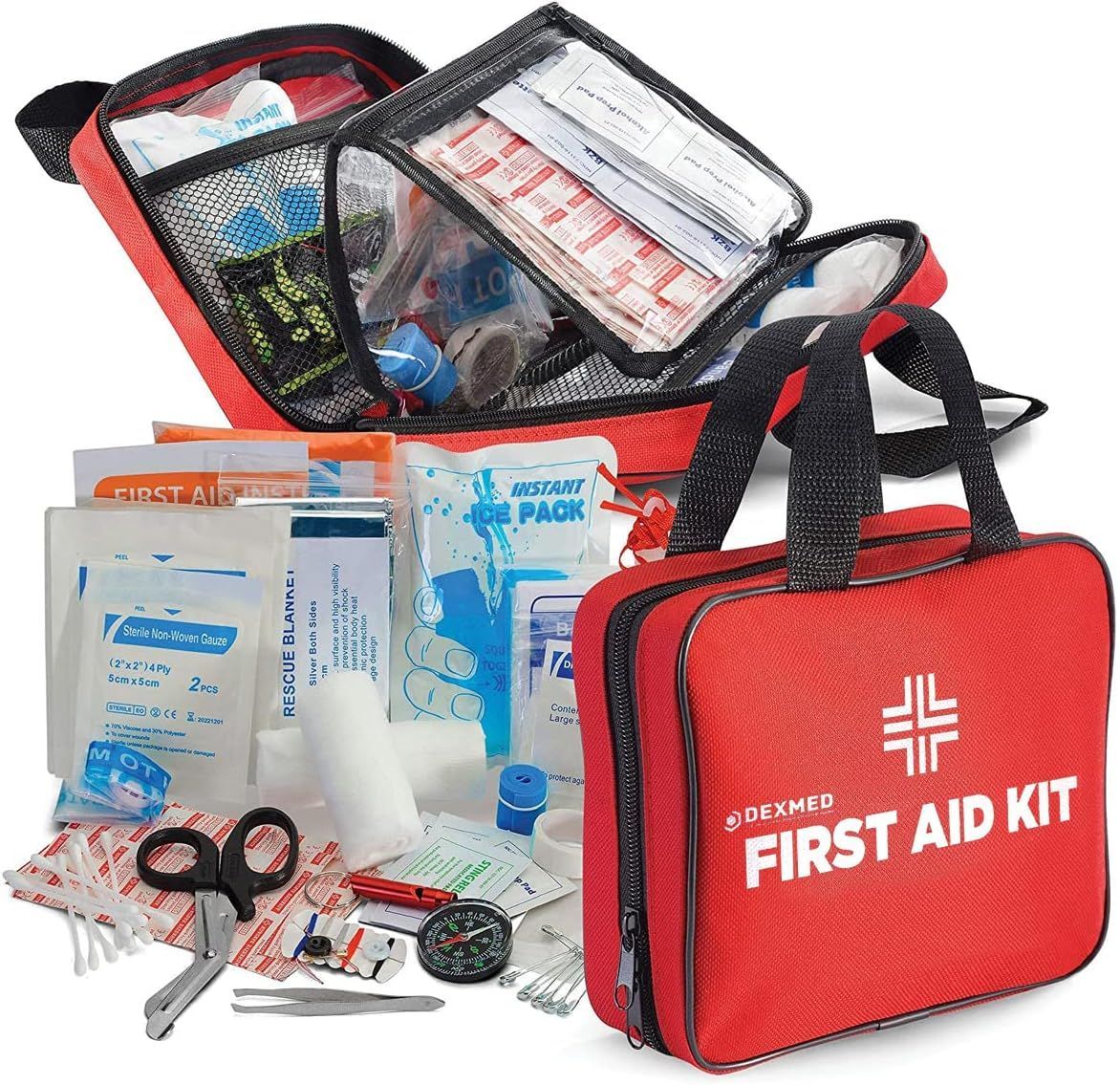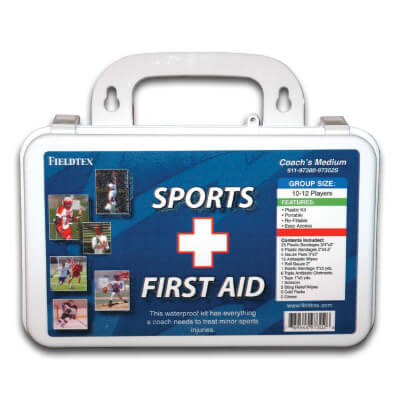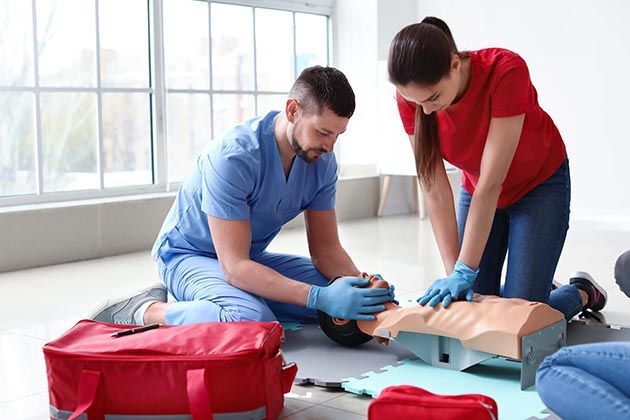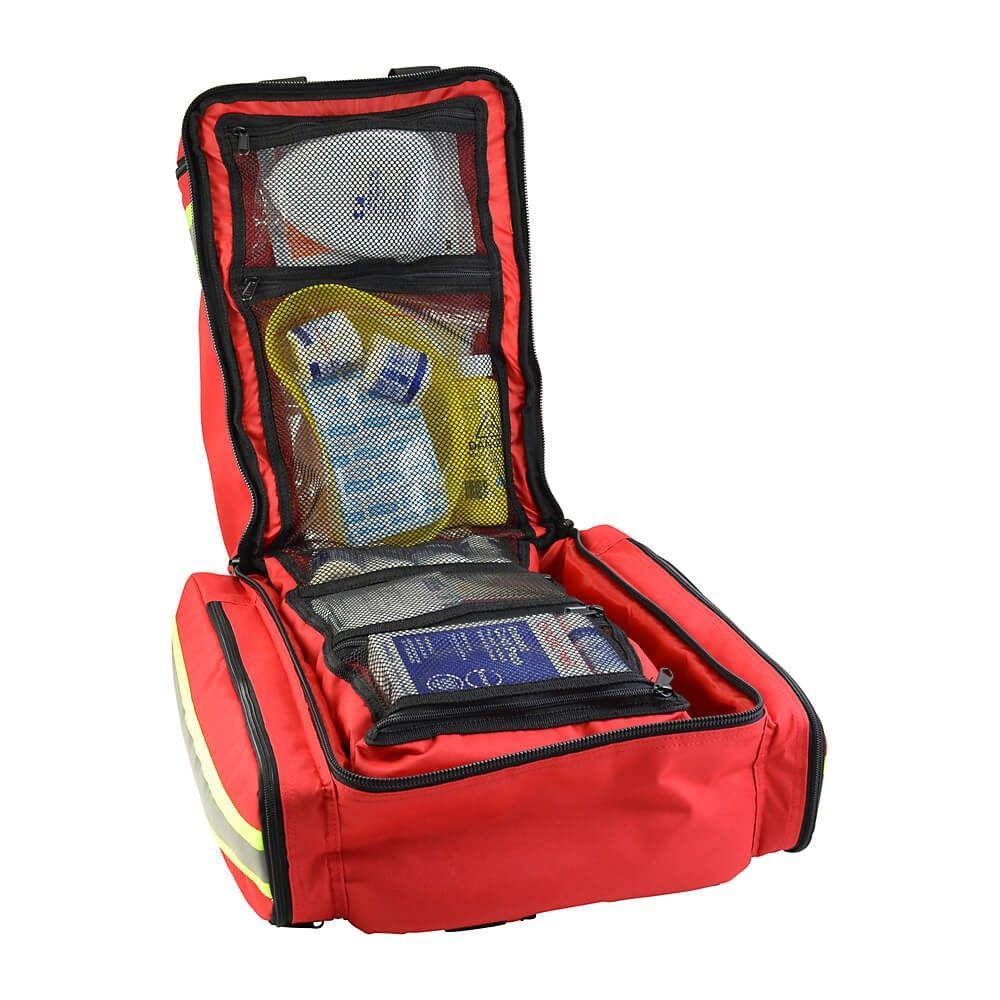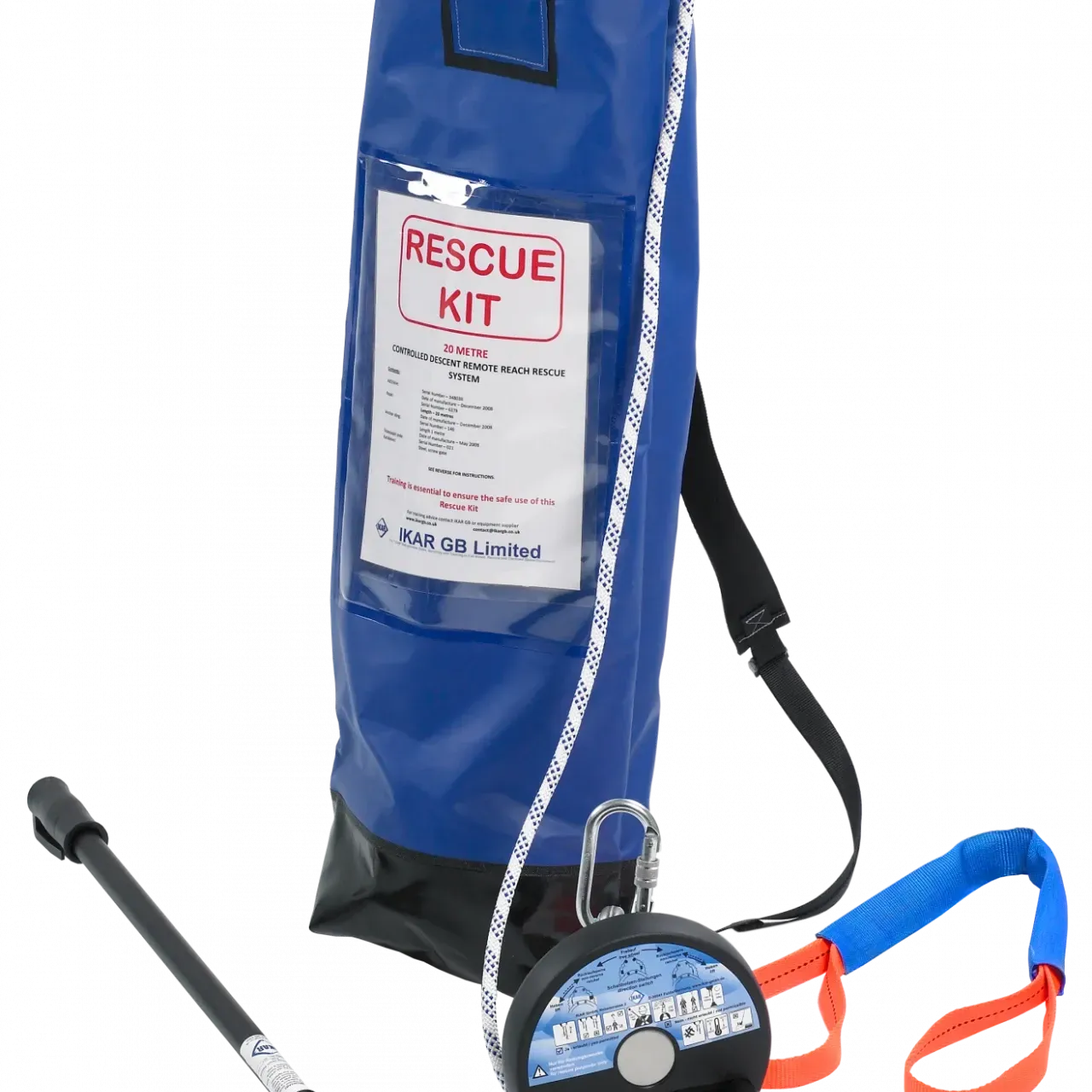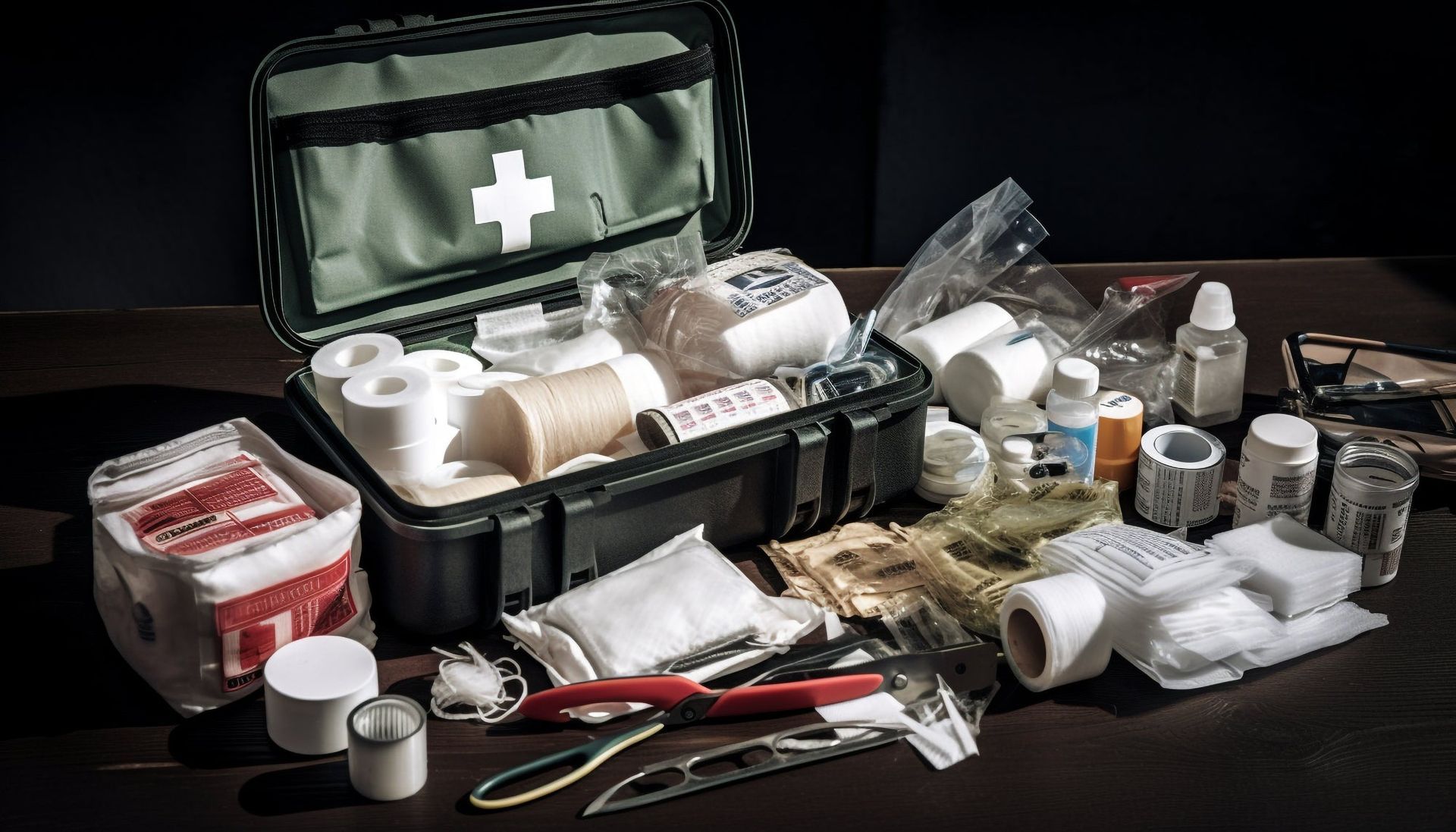First Aid Kits for Construction Companies: CPR & AED Safety Equipment On-Site
TLDR;
Construction sites need OSHA and ANSI-compliant first aid kits that include bleeding control, burn care, and trauma supplies, along with CPR barriers and AED access for cardiac emergencies. At Rapid Rescue Kits, we provide traditional
first aid kits designed to help workers respond effectively until professional medical care arrives.
Why Construction Sites Need Specialized First Aid Kits
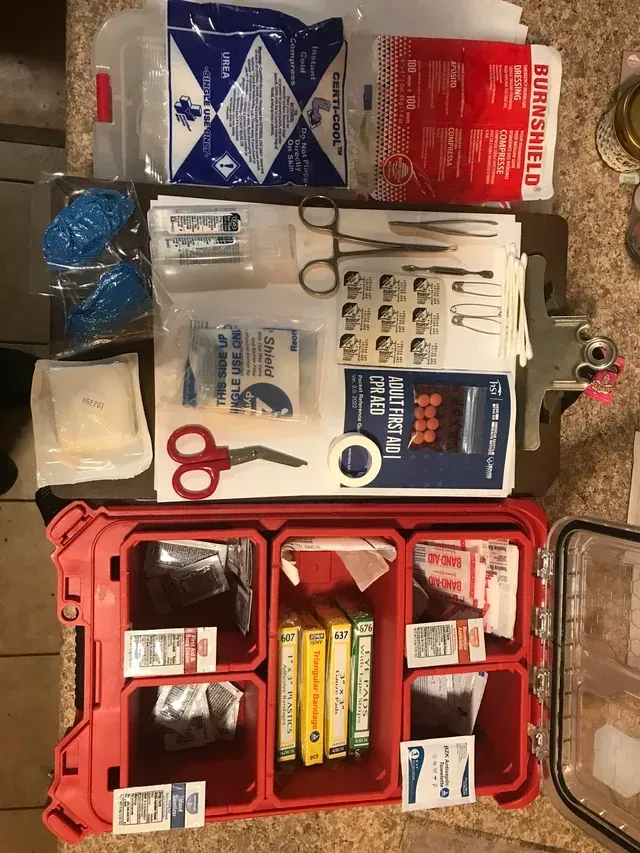
Construction work exposes employees to higher risks than most industries. Heavy equipment, power tools, heights, and electrical hazards create a constant threat of serious injuries. A minor scrape can be treated with a standard kit, but construction requires more advanced supplies to handle trauma.
OSHA requires that kits reflect the hazards of each job site. ANSI standards provide the blueprint. Class B, Type IV kits are the most appropriate for construction sites because they contain advanced supplies and are built to withstand harsh environments.
When companies prepare properly, they reduce response time and improve outcomes for their crews.
OSHA-Compliant First Aid Kits for Construction
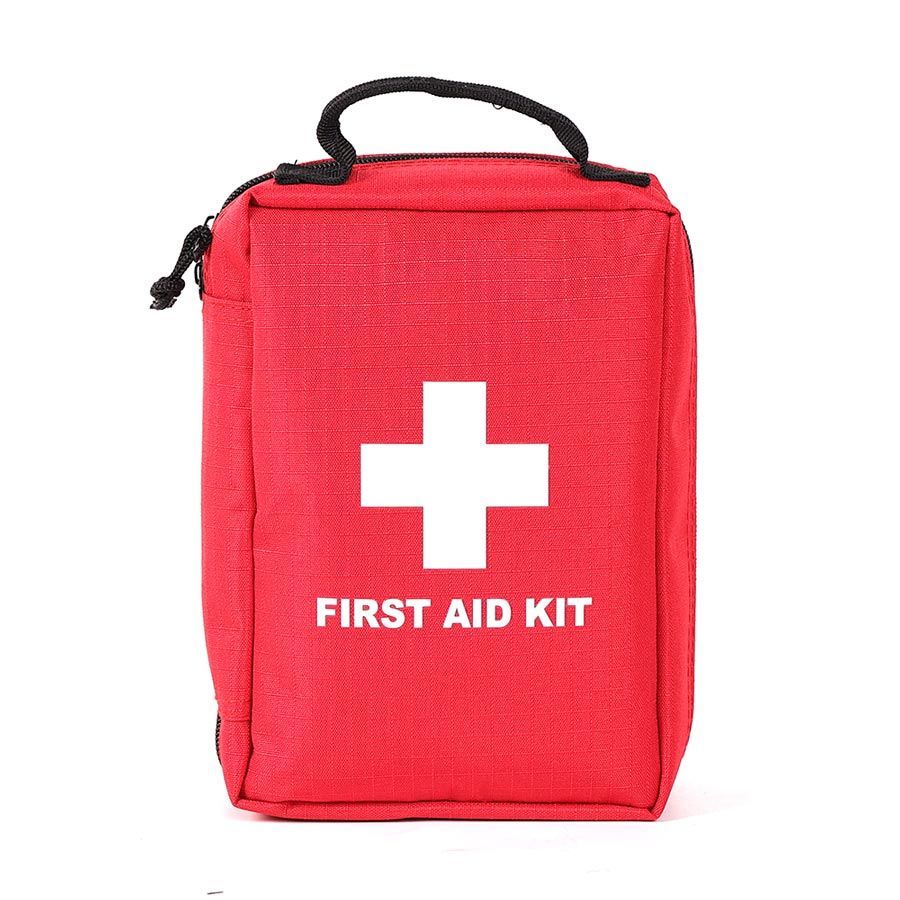
OSHA does not mandate specific items but does require that first aid supplies meet the hazards present on the site. ANSI Z308.1 gives practical guidance.
Class B kits are recommended for construction. They contain bleeding control tools, burn treatment supplies, and trauma dressings. A rugged Type IV case ensures protection from dust, water, and rough handling. These are the same standards used in many industrial first aid kits, which are built to handle high-risk, high-impact environments similar to those found on construction sites.
At Rapid Rescue Kits, we design traditional kits that meet these standards. Our kits are compact, durable, and organized to make items easy to find in urgent situations.
Class A vs Class B Kits for Contractors
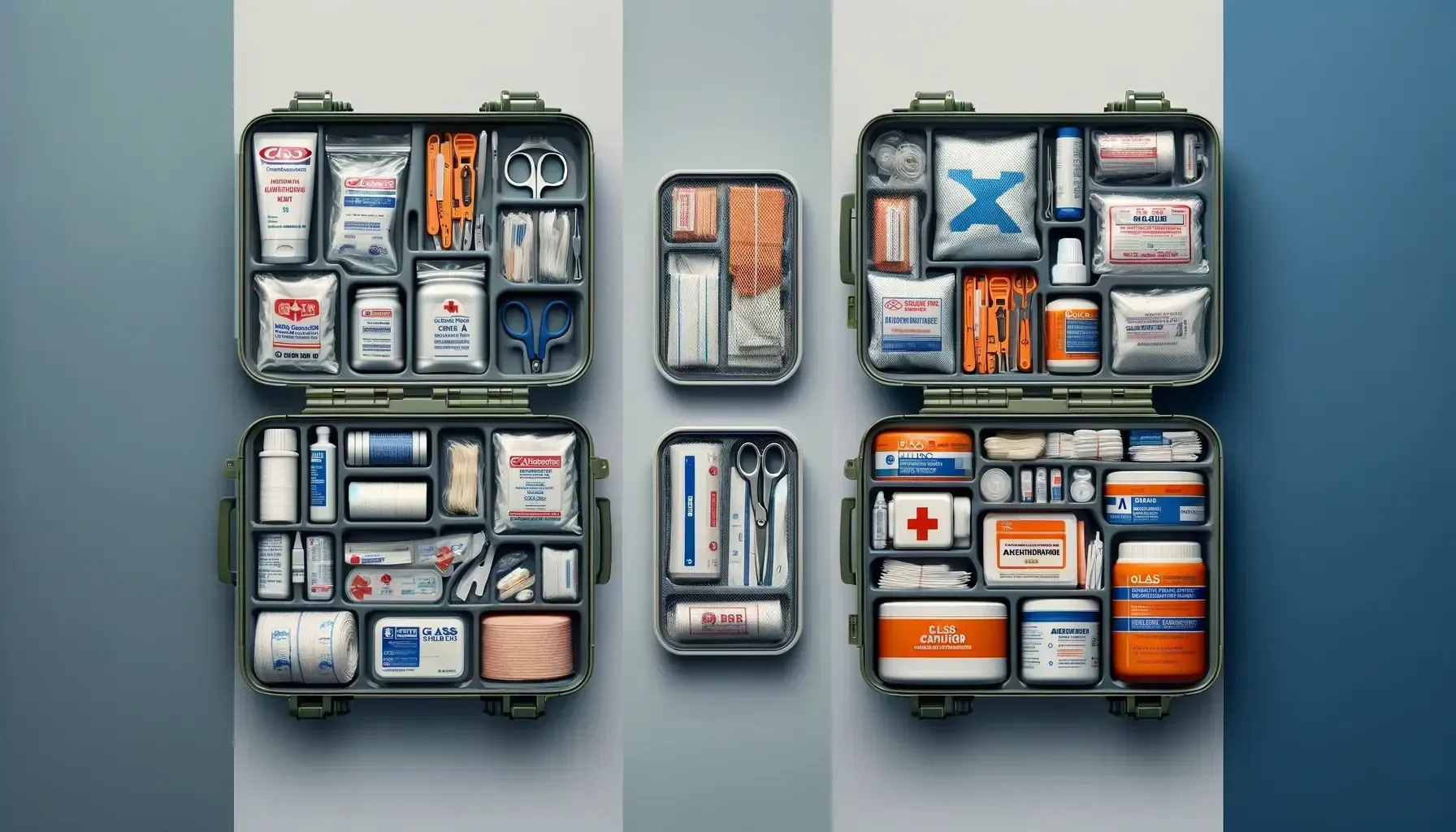
- Class A: Designed for low-risk workplaces. Limited supplies.
- Class B: Designed for high-risk workplaces like construction. Expanded trauma support.
Construction managers should always choose Class B kits. These provide the advanced contents needed for bleeding, fractures, and burns.
Type I–IV First Aid Kits Explained
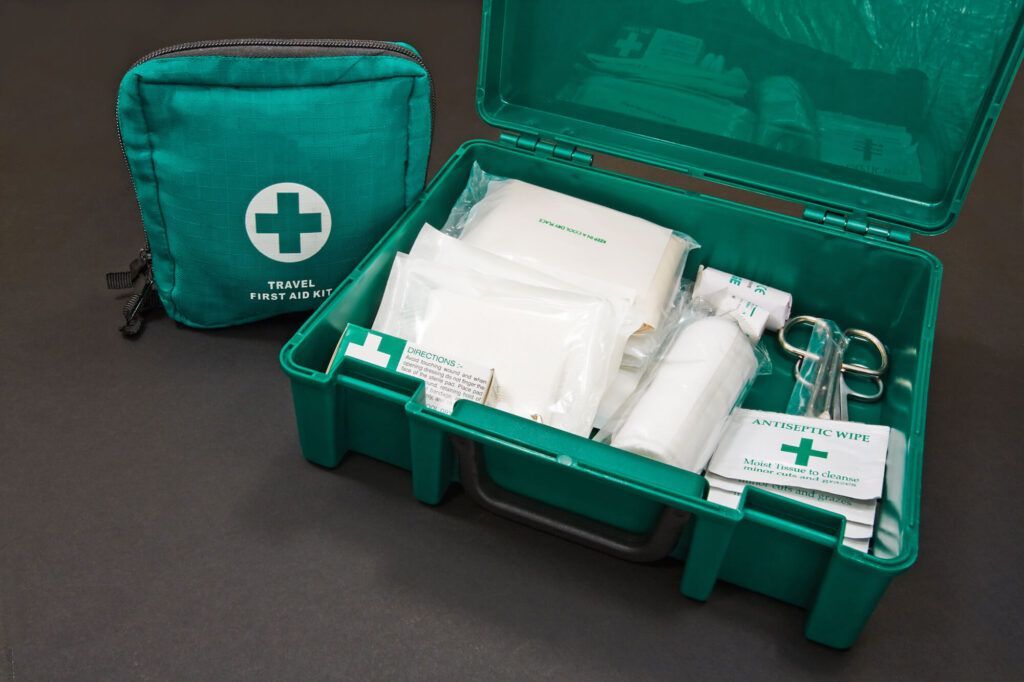
- Type I: Fixed indoor use, not for construction.
- Type II: Portable, low durability. Limited for construction.
- Type III: Portable with weather resistance. Acceptable for vehicles.
- Type IV: Heavy-duty, waterproof, crush-resistant. Best option for construction.
The Rapid Rescue Kits traditional bag is compact yet durable, with waterproof material and organized compartments to make supplies accessible when seconds matter.
Key Components for Construction First Aid Kits
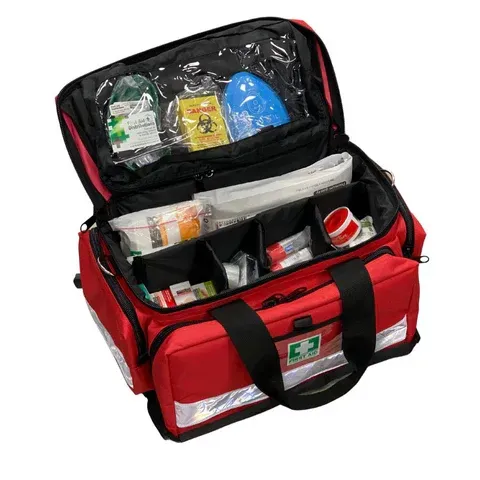
A complete construction first aid kit should include:
- Bleeding Control: Gauze pads, combine dressings, thoracic bandages, hemostatic dressings, tourniquet
- Immobilization: Sam splints, elastic bandage wraps
- CPR: Pocket mask in a hard case
- Shock Management: Emergency blanket
- Amputation Management: Multiple sizes of bags for safe storage
- Standard Multi-Use Items: Sterile water, adhesive tape, gloves, shears, tweezers, instant cold packs, sanitizer
The Traditional Rapid Rescue Kit includes these essential tools, giving construction teams immediate access to supplies needed for stabilization until emergency responders arrive.
CPR on Construction Sites
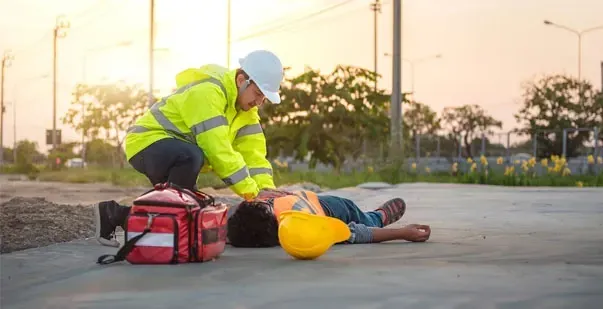
Cardiac arrest is a life-threatening emergency. Construction work involves heavy labor, heat exposure, and stress, all of which increase cardiac risk. Survival depends on fast CPR.
Every construction site should have a CPR barrier mask as part of their kit. Rapid Rescue Kits include a pocket mask in a hard case for safety and effectiveness. Workers should also be certified in CPR to ensure confident response.
AED on the Job Site
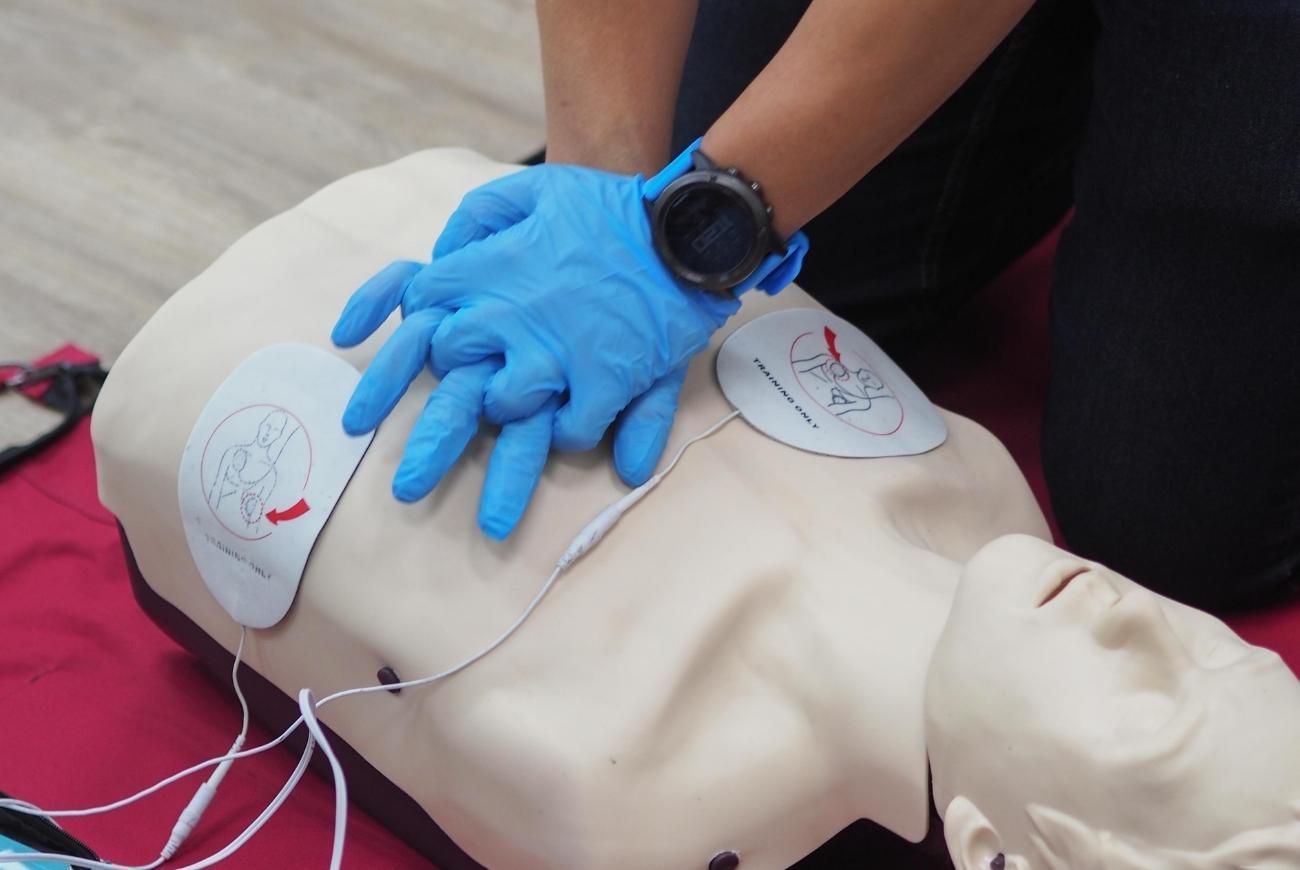
An AED gives workers the ability to respond to sudden cardiac arrest. OSHA does not require AEDs at every site, but many safety-conscious companies provide them.
Best practices:
- Place AEDs in weatherproof cabinets
- Train multiple staff in AED operation
- Perform battery and pad checks monthly
- Ensure AEDs are within a 3-minute walk from work zones
Pairing AEDs with Rapid Rescue Kits creates a comprehensive emergency response system for construction environments.
On-Site Emergency Response Kit Planning
First aid planning depends on the number of workers, size of the job site, and hazards present. Large or spread-out projects may require multiple kits and AED stations.
Questions to consider:
- How many workers are present each shift?
- How far is each worker from medical supplies?
- Are specialized hazards present such as welding, chemicals, or confined spaces?
With so many variables to account for, selecting the
right medical kit for your needs is critical to ensure fast, effective response. Having multiple Rapid Rescue Kits positioned across a site improves access and response time, especially in high-risk areas.
OSHA Requirements for Construction First Aid
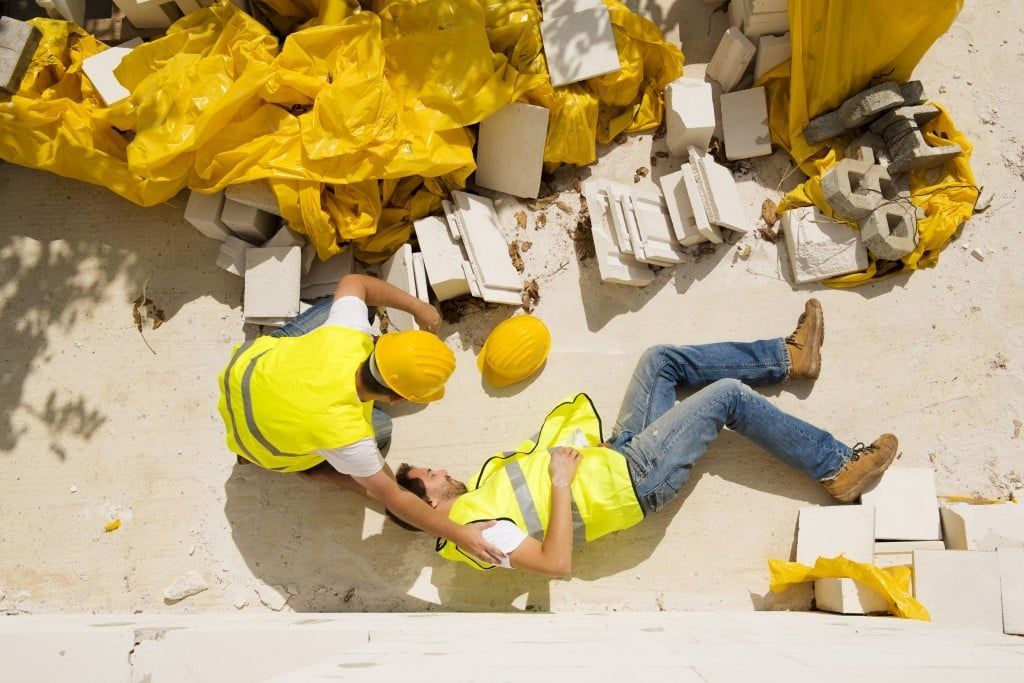
OSHA requires that:
- Kits are available and accessible at all times
- Supplies reflect the hazards of the job site
- At least one trained responder is on-site
- Emergency procedures are written and practiced
Companies must also document training, inspections, and maintenance of kits and AEDs.
Training for CPR and AED Safety Equipment On-Site
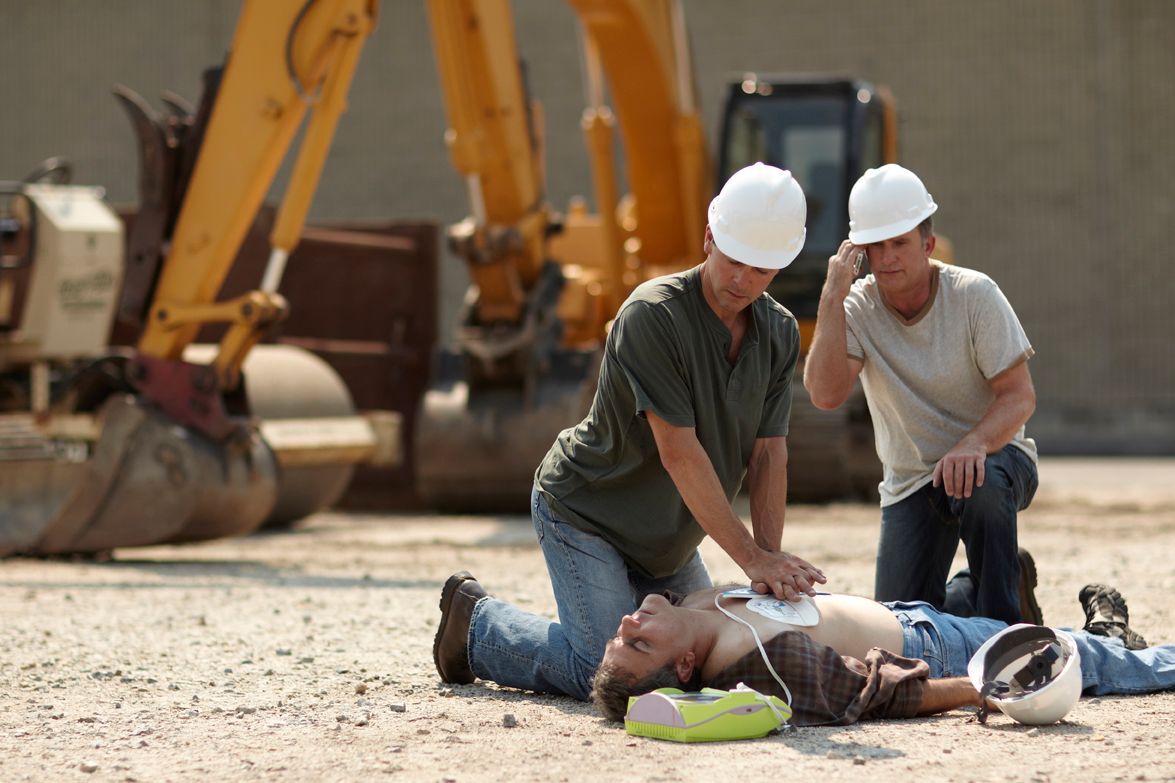
Supplies alone are not enough. Workers must know how to use them. CPR and AED training is essential.
Best practices:
- Train multiple workers per crew in CPR and AED use
- Refresh training every two years
- Run site-wide drills quarterly
- Assign roles during emergencies for speed and coordination
Workers who are confident in their training respond faster and more effectively.
Maintenance Schedule for Construction First Aid Kits
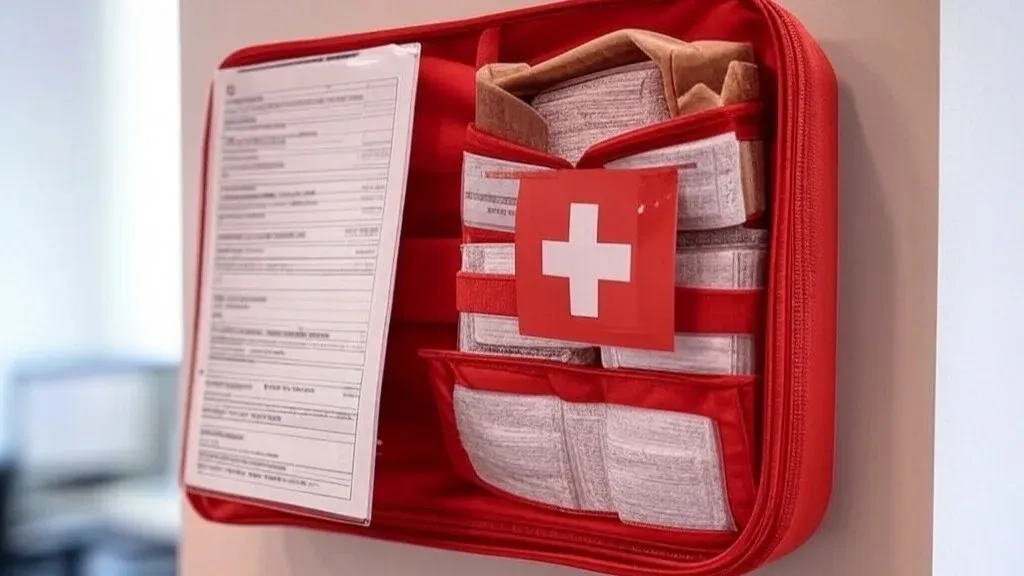
Kits and AEDs require regular checks. Expired supplies or dead batteries reduce effectiveness.
Recommended inspection schedule:
- Weekly: Confirm accessibility
- Monthly: Full kit inspection, AED battery and pad check
- Quarterly: Site drill and placement review
- Annually: Replace long-term items like AED batteries as required
Rapid Rescue Kits recommends assigning one safety officer to document these checks and restock as needed.
Cardiac Arrest Preparedness on Construction Sites
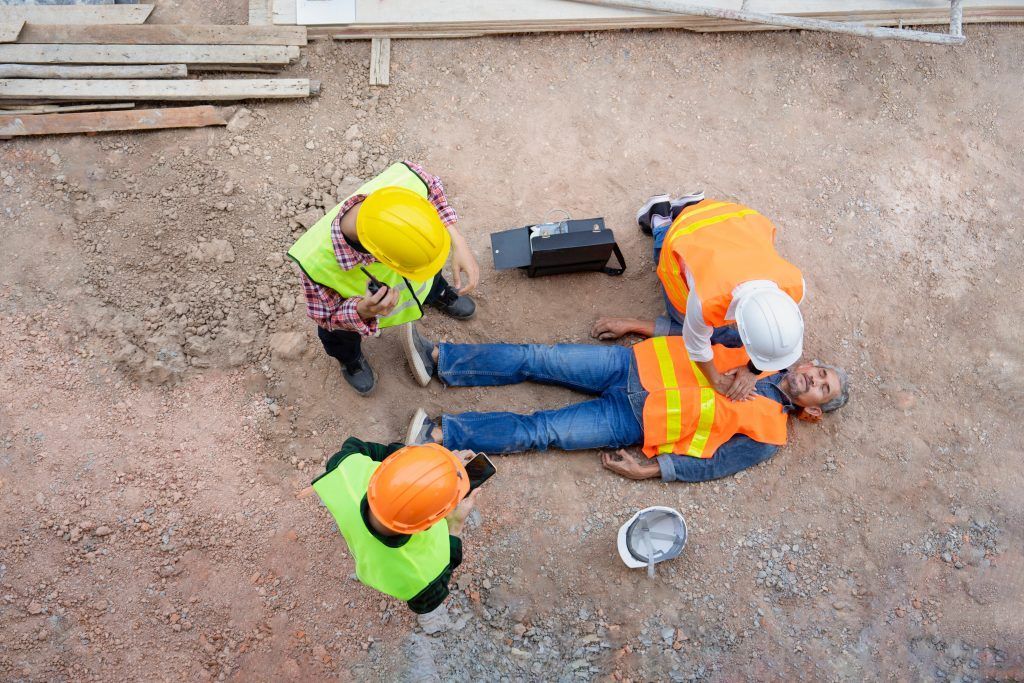
Sudden cardiac arrest kills thousands of workers each year. For every minute without CPR or AED use, survival decreases significantly.
Construction companies that provide AEDs and CPR-ready kits improve outcomes. Rapid Rescue Kits supplies traditional kits with CPR masks that prepare workers to respond effectively.
Rapid Rescue Kits: Traditional First Aid Kits for Construction
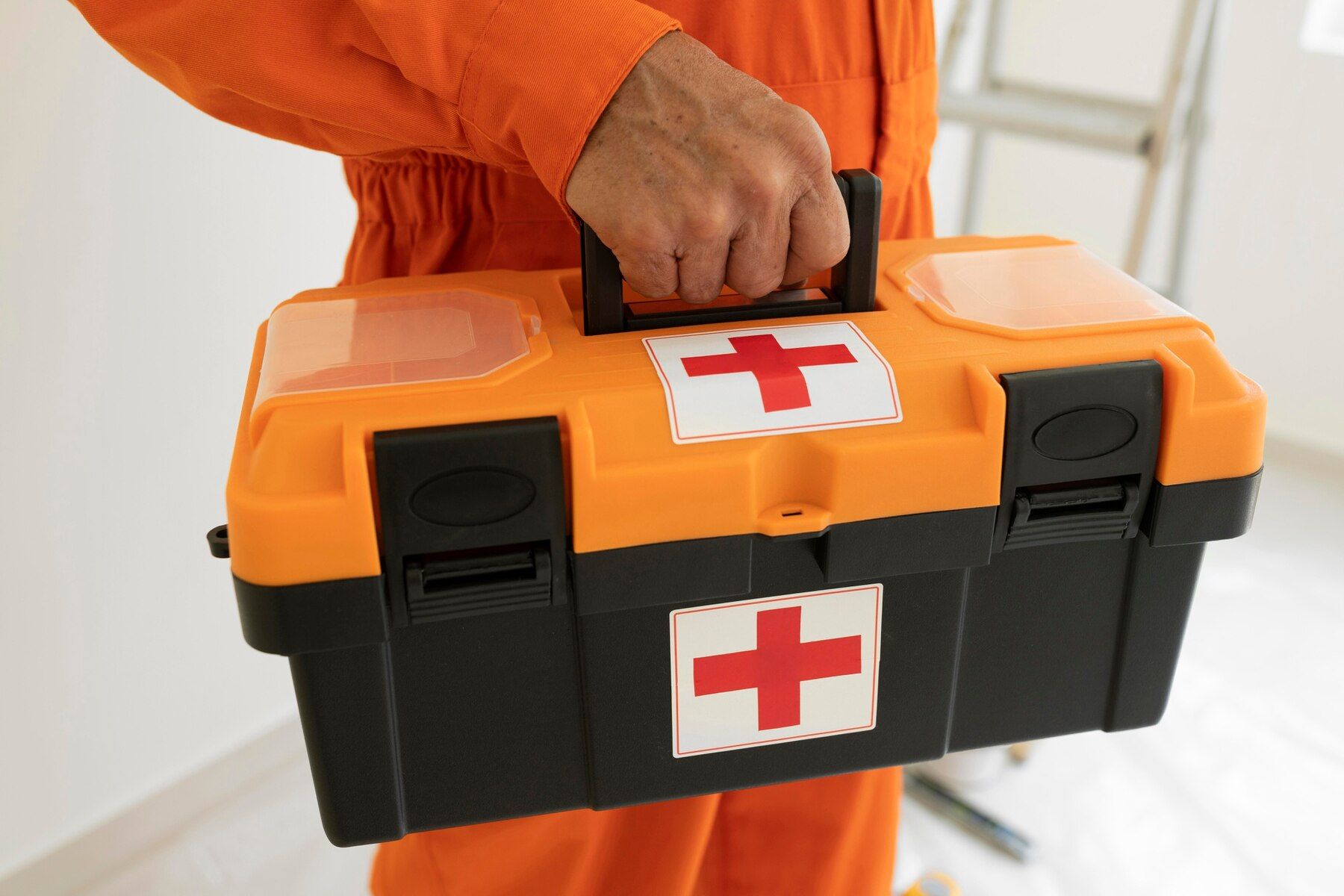
At Rapid Rescue Kits, we supply traditional kits designed for workplaces like construction sites.
Our Traditional Rapid Rescue Kit includes:
- Gauze pads and trauma dressings for bleeding control
- Hemostatic dressings and a C.A.T. tourniquet
- Sam splints for immobilization
- Pocket CPR mask for safe resuscitation
- Emergency blanket for shock management
- Tools such as tweezers, trauma shears, gloves, and cold packs
The kit is organized in a durable, waterproof red bag with multiple compartments. Supplies are easy to find, even in high-stress emergencies.
Whether stabilizing bleeding, supporting CPR, or immobilizing an injury, the Traditional Rapid Rescue Kit gives workers the tools they need to respond quickly.
Building Worker Confidence and Safety Culture
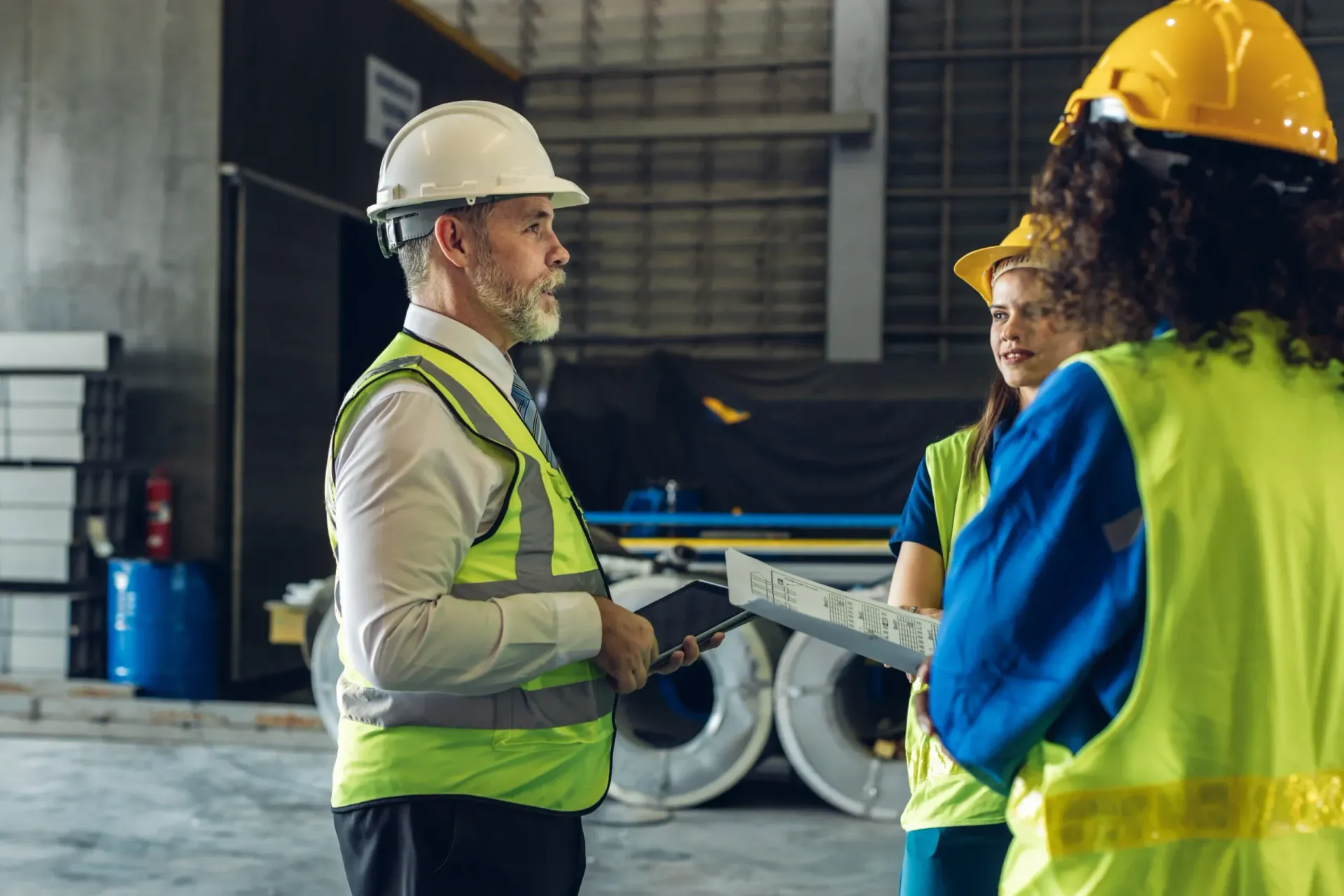
When construction crews see that their employer provides first aid kits, AEDs, and CPR equipment, confidence increases. This supports worker morale and demonstrates a commitment to safety.
Preparedness leads to:
- Faster emergency response
- Fewer severe outcomes
- Reduced downtime from incidents
- Higher worker trust
Rapid Rescue Kits works with companies that want to take safety seriously.
Why Choose Rapid Rescue Kits for Construction Safety
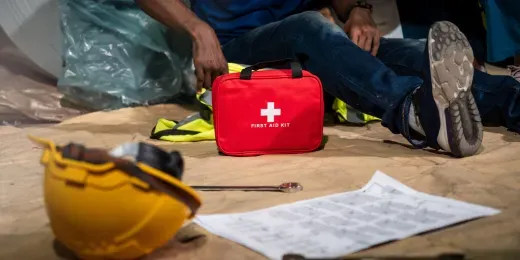
- Kits designed with OSHA and ANSI compliance in mind
- Contents tailored for trauma, bleeding, CPR, and immobilization
- Durable waterproof cases for construction environments
- Organized compartments for faster access
- Reliable support for bulk orders and site-wide coverage
Construction companies that want readiness and reliability should consider Rapid Rescue Kits for their safety program.

